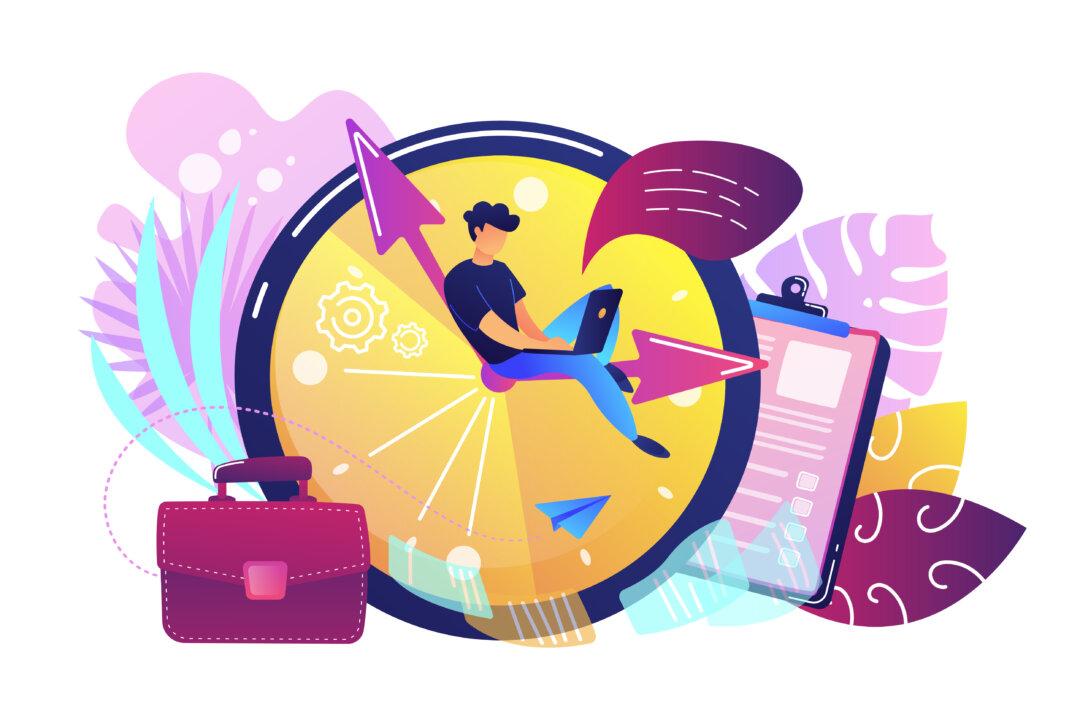When work gets hectic, the feeling of struggling and being overwhelmed doesn’t typically leave when you come home. But, with constant demands on your time and critical work projects that must be completed before their deadlines, all of it can quickly become a weight on your shoulders.
Fortunately, by increasing your productivity and how you perform in the workplace, you can begin to feel the positive effects of your success in other aspects of your life.






